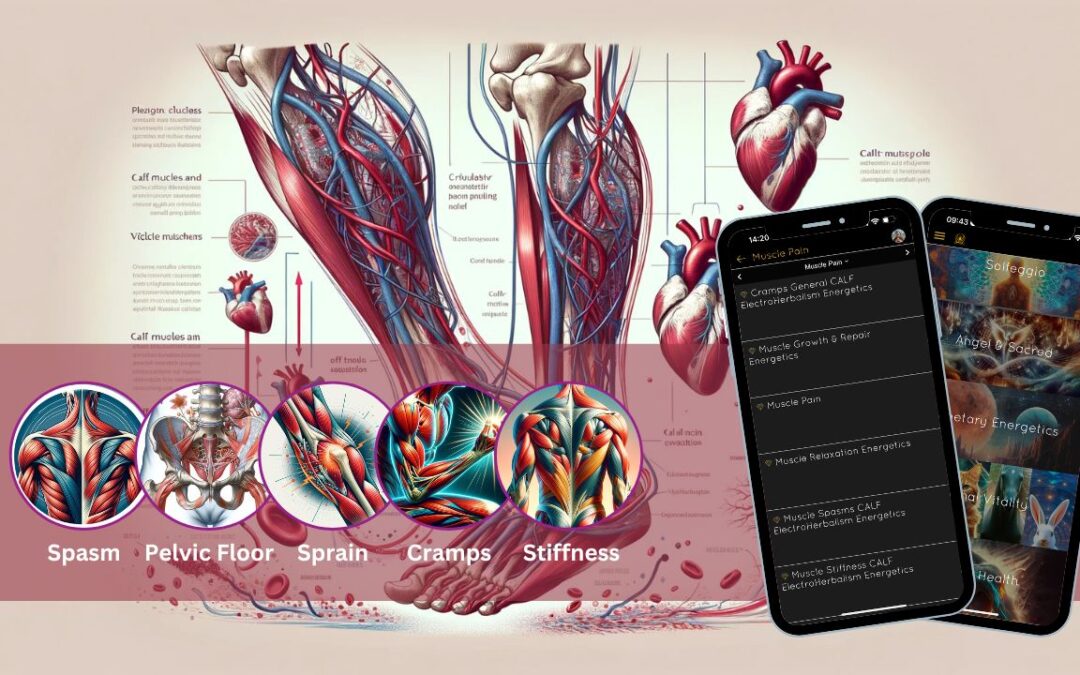The human body is an intricate system where every component plays a pivotal role, and the calf muscle is no exception. Often dubbed the “second heart,” the calf muscle is more than just a key player in our mobility and physical activity; it is fundamental to our circulatory system’s efficiency. This muscle group, located at the back of the lower leg, is crucial for pumping deoxygenated blood back up to the heart from the lower extremities, effectively combating the force of gravity.
The Mechanism: How the Calf Muscle Fuels Circulation
The calf muscle assists in the venous return, the process of returning blood to the heart. When the calf muscles contract, they squeeze the veins in the lower legs, pushing the blood upwards. This muscular pump is especially vital during prolonged periods of sitting or standing, where the risk of blood pooling in the legs is higher, potentially leading to complications like varicose veins or even deep vein thrombosis.
Promoting Calf Muscle Health: Exercises and Activities
To support this “second heart,” incorporating specific exercises into your routine can be highly beneficial. Calf raises, for instance, strengthen the calf muscles by requiring them to lift the heel off the ground, effectively mimicking the action of pushing blood towards the heart. Lunges and regular walking also engage the calf muscles, promoting blood circulation and enhancing cardiovascular health.
Nutritional and Lifestyle Considerations for Optimal Calf Health
A balanced diet rich in antioxidants, omega-3 fatty acids, and vitamins is crucial for maintaining the health of your calf muscles and, by extension, your circulatory system. Foods like leafy greens, nuts, seeds, and fatty fish can provide the necessary nutrients for muscle repair and blood vessel health. Hydration is equally important; adequate water intake ensures blood viscosity remains optimal for easy flow.
Innovative Approaches to Calf Muscle Health: PeMF and Electroherbalism
Emerging technologies like Pulsed Electromagnetic Field (PeMF) therapy and the principles of electroherbalism offer novel ways to support calf muscle health. PeMF devices stimulate cellular repair and blood circulation through electromagnetic pulses, potentially aiding in muscle recovery and strength. Similarly, electroherbalism, which combines herbal medicine with electromagnetic therapy, could offer unique benefits for muscle and circulatory health, although these methods should be explored under professional guidance to ensure safety and efficacy.
Conclusion
The calf muscle’s role in our circulatory system underscores the interconnectedness of our bodily functions and the importance of holistic health practices. By maintaining calf muscle health through exercise, nutrition, and potentially innovative therapies, we support our “second heart” and contribute to our overall cardiovascular well-being. As we continue to unravel the complexities of the human body, the significance of every muscle, especially those as crucial as the calf muscles, becomes increasingly apparent in maintaining our health and vitality.

